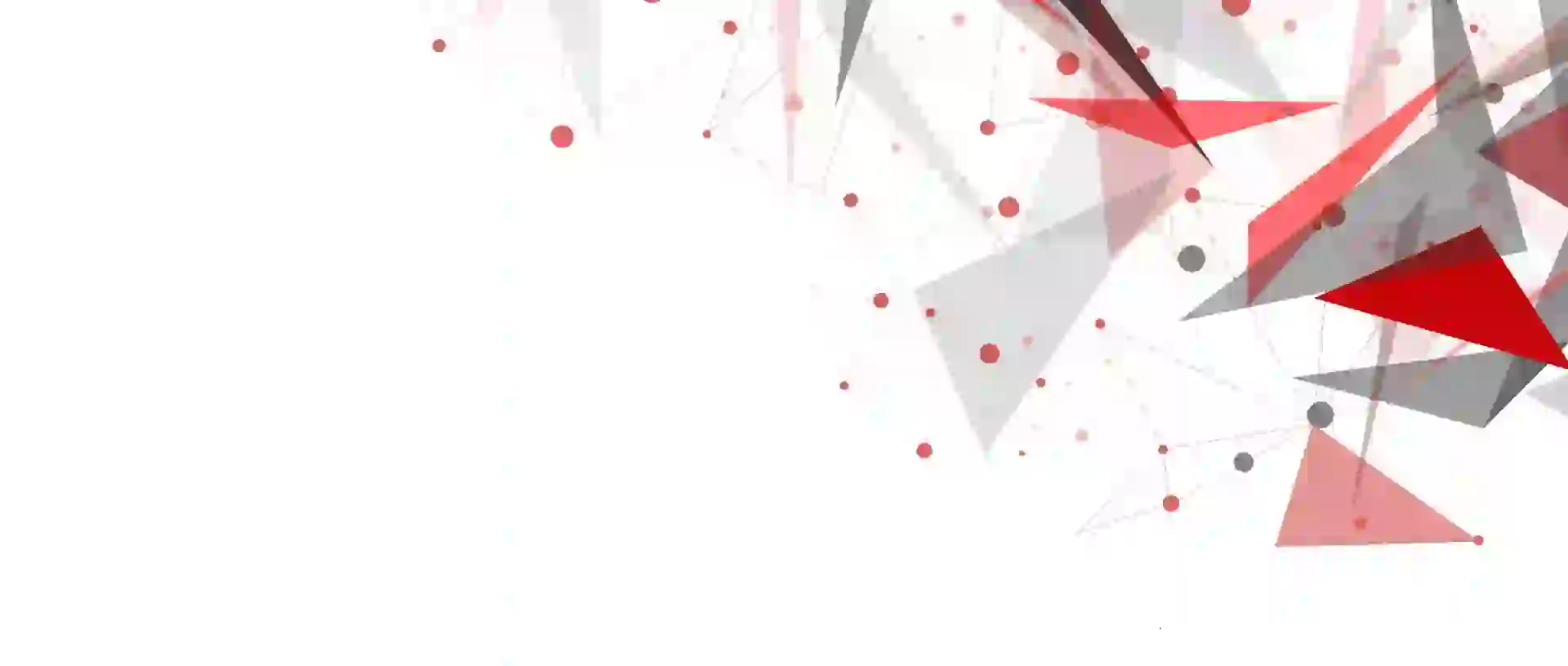Frequently Asked Questions
-
What value is the Oxaliplatin market expected to touch by 2032?
The global Oxaliplatin market is expected to reach 2119.9 Million by 2032.
-
What CAGR is the Oxaliplatin market expected to exhibit by 2032?
The Oxaliplatin market is expected to exhibit a CAGR of 8.9% by 2032.
-
What are the driving factors of the Oxaliplatin market?
Advancements in Combination Therapy and Drug Delivery Technologies and Rising Cancer Incidence and Growing Demand for Effective Chemotherapy to expand the market growth
-
What are the key Oxaliplatin market segments?
The key market segmentation, which includes, based on type, the Oxaliplatin market is Mannitol, Glucose Solution, Lactose Solution and Others. Based on application, the Oxaliplatin market is classified as Colorectal Cancer, Stomach Cancer, Ovarian cancer and Others




















